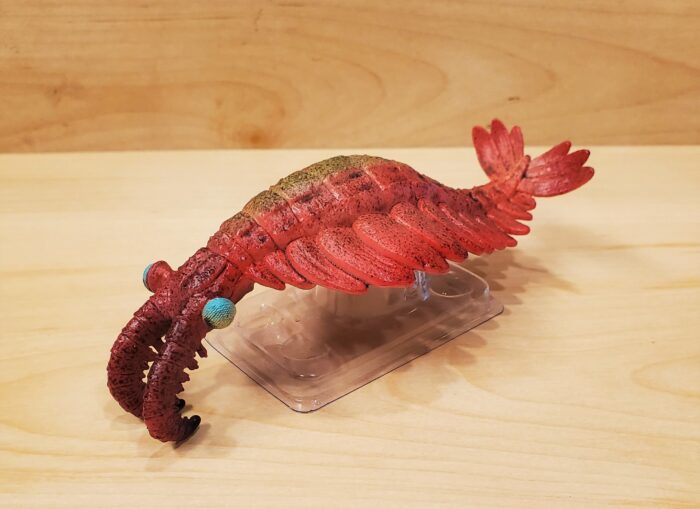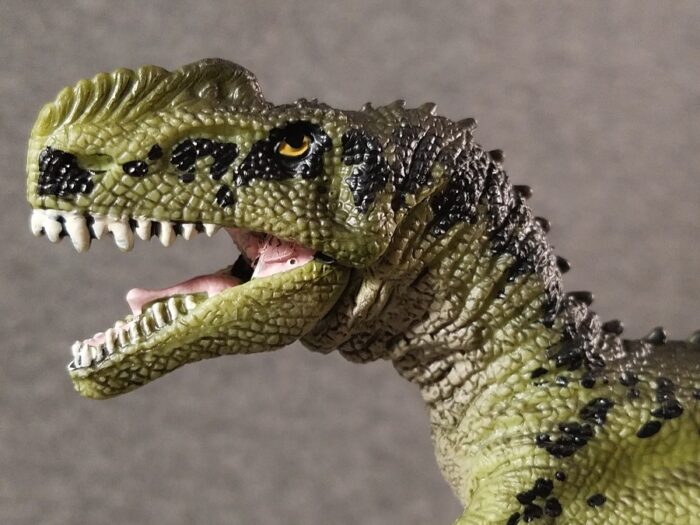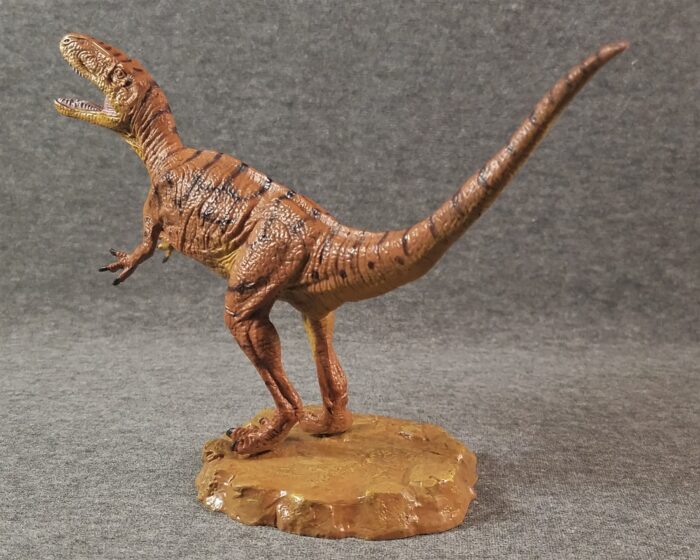To start, I want to extend my thanks to Happy Hen Toys for generously offering this review sample for the Blog. Happy Hen Toys has rapidly been establishing themselves as one of the most reliable shops for prehistoric animal collectibles in the United States, and I encourage readers to check out their website for purchasing this and other related items.
Review: Tyrannosaurus rex (1/35 Scale Kickstarter Exclusive)(Beasts of the Mesozoic by Creative Beast Studio)
Review: Jurassic World: Dominion Roar Strikers Pteranodon (Mattel)

Here we go again, for the last time, I hope. I, EmperorDinobot will now give you the final Mattel Pteranodon figure that uses the mold first used by the Roarivores Pteranodon from Jurassic World: Fallen Kingdom, and which has been retooled several times, as you can see here, here, here, here and here.
News: Upcoming release from PNSO (New for 2023)(Pt. 3)
Review: Fukuiraptor (Favorite Co. Ltd.)
Review: Shastasaurus (CollectA)
Review: Anomalocaris (CollectA)

Review and images by bmathison1972; edited by Suspsy
In 2023, CollectA added Anomalocaris canadensis to its growing collection of Paleozoic invertebrates, following fellow arthropod Redlichia and mollusks Passaloteuthis, Pleuroceras, Orthoceras, Cooperoceras, and Pravitoceras (not to mention an extant nautilus and horseshoe crab).
Review: Dryptosaurus (Jurassic World Dino Trackers, Wild Roar by Mattel)

The late Cretaceous tyrannosauroid, Dryptosaurus, is a historically significant genus that due to the fragmentary nature of its preserved material has been largely forgotten and ignored. Dryptosaurus aquilunguis was one of the first theropods ever discovered and the first theropod discovered in the Americas.
Review: Zuul (Dino Dana by Safari Ltd.)

It’s yet another scorching summer day, but Murmillo is finding relief by wading placidly in the murky shallows of a lake. A slight ripple in the surface catches her eye, but no matter, it’s probably just a fish or a turtle or—a gargantuan alligatoroid that explodes from the water and engulfs her entire head and neck in its murderous jaws!











